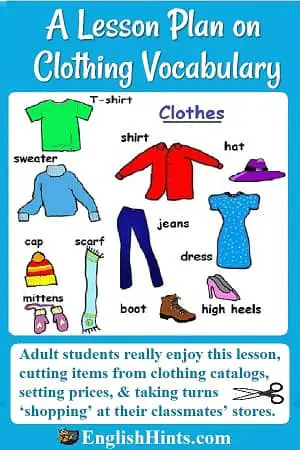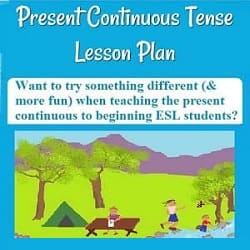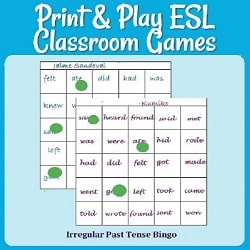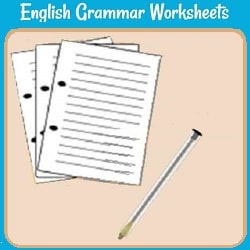Lesson
Plan on
Clothing Vocabulary & Shopping
This is a 1 1/4 hour - 1 1/2 hour (splittable) lesson on clothing vocabulary for beginning ESL students. They practice new clothing (& shopping) vocabulary in teams by planning clothing stores and "selling" to other students.
Basic Planning
Lesson objective:
Students will name articles of clothing and ask and answer questions about clothing prices
Materials needed:
- various articles of clothing,
- clothing catalogs or ads to cut up, scissors, markers, & play money (optional) for each group of students
Assumptions:
- students are familiar with colors, “hot” and “cold”, and a few clothing names (jeans, sandals).
- Ss have learned and recently practiced “How much?” and “How many?”
- Students know money words and have practiced asking about prices.
Anticipated problem & solution:
Problem: Students might have problems with singulars and plurals.
Solution: Pre-teach “pair of” with shoes, gloves, & with words that are never singular like pants or scissors. Remind students before the role-play how to form questions and answers bout prices. Write on the board (and read aloud) “How much is this ____?””It’s $___” with singulars and ”How much are these ____?” “They’re____” with plurals.
Clothing Vocabulary Lesson
Intro/ presentation (15 min.)
Introduce the topic and teach basic vocabulary: “Today I’m wearing ___” (list & point to visible clothing.) “Who else is wearing [a sweater]? Who else is wearing ____?
Hold up other sample clothing, and say “This is a skirt.” (Elicit names if students likely to know them—cognates, etc.) (Write each new item on the board.) Then (after each 3 or 4 new items) ask comprehension questions (Is this a red skirt or a blue skirt? Do we wear shorts when it’s hot or cold? Are these sandals or gloves? What are these?)
Guided practice (35 min.)
Practice 1: match clothing names with their pictures (10 min)
1.Explain the worksheet. Ask a few questions to ensure students understand the instructions. (It’s a good idea to check with students who are less likely to understand, rather than your best students.) Then pass them out to pairs of students.
2. Students work together to match items with names
Practice 2: Groups of about three students cut out clothing pictures from ads or catalogs. They decide on prices and label the pictures (i.e. “SALE! men’s shirts-- $11.99 each.”) Groups may name their “stores.” (25 min.)
Communicative practice (25 min.):
(Students use their new clothing vocabulary in a real-life context by role-playing a clothing store visit.)
1. Explain the shopping role-play and then demonstrate a shopping interaction with a student volunteer. Check that your students know phrases for making purchases, and write them on the board:
Customer: I’d like this/ these _____.
Clerk: That’s $____.
Customer: Here you are. (You can offer play money-- or just pretend to pay.)
2. Give further instructions (see steps below.) Ask a few questions to make sure students understand the instructions. Then ask one student from each group of three to stay at their table as sales clerk while the other two of each group act as customers.
3. Customers look through the clothing items displayed at each store. They compare prices and make “purchases.” (They give the clerk “money”— not counted exactly-- and take the catalog picture of what they bought.)
4. After 5 min. (use a timer or ring a bell), one of the two “customers” from each table returns to be sales clerk, and the clerks become customers. After 5 more min., remaining customers become clerks. (So each student has 10 minutes as a customer at other “stores” & 5 minutes as clerk at their own store.)
Use the remaining class time for students to present their purchases to the class. You can teach bought or paid: “I bought this shirt for $10”-- or students can just say “$10 for this shirt.”
Related Pages
Creative ways to help students practice the present continuous tense, along with possible picture sources & ideas for making your own.
Games are so useful in ESL classes! Get free printable puzzles, vocabulary matching games, and inexpensive packets of games to practice irregular verbs.
Pdfs with grammar games & exercises for verb tenses (especially irregular past tense verbs), practice with sentence structure, etc.
Home> ESL Lesson Plans for Teachers> Lesson Plan on Clothing Vocabulary.
Didn't find what you
needed? Explain what you want in the search box below.
(For example, cognates, past tense practice, or 'get along with.') Click to see the related pages on EnglishHints.
| site search by freefind | advanced |









